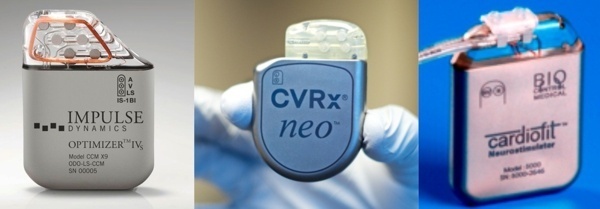
A position paper was published yesterday by the European Heart Rhythm Association reporting on the performance of new devices for the treatment of heart failure (HF). The report has been endorsed by the Heart Failure Association.
The abstract for the paper titled “New devices in heart failure: an European Heart Rhythm Association report” reads:
Several new devices for the treatment of heart failure (HF) patients have been introduced and are increasingly used in clinical practice or are under clinical evaluation in either observational and/or randomized clinical trials. These devices include cardiac contractility modulation, spinal cord stimulation, carotid sinus nerve stimulation, cervical vagal stimulation, intracardiac atrioventricular nodal vagal stimulation, and implantable hemodynamic monitoring devices. This task force believes that an overview on these technologies is important. Special focus is given to patients with HF New York Heart Association Classes III and IV and narrow QRS complex, who represent the largest group in HF compared with patients with wide QRS complex. An overview on potential device options in addition to optimal medical therapy will be helpful for all physicians treating HF patients.
The report places special focus to patients with HF New York Heart Association (NYHA) Classes III and IV and narrow QRS complex, who represent the largest group in HF compared with patients with wide QRS complex (who are candidates for treatment with cardiac resynchronization therapy – CRT).

 BioControl Medical, Ltd. was founded in 1999 by
BioControl Medical, Ltd. was founded in 1999 by 

